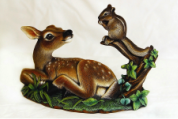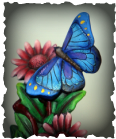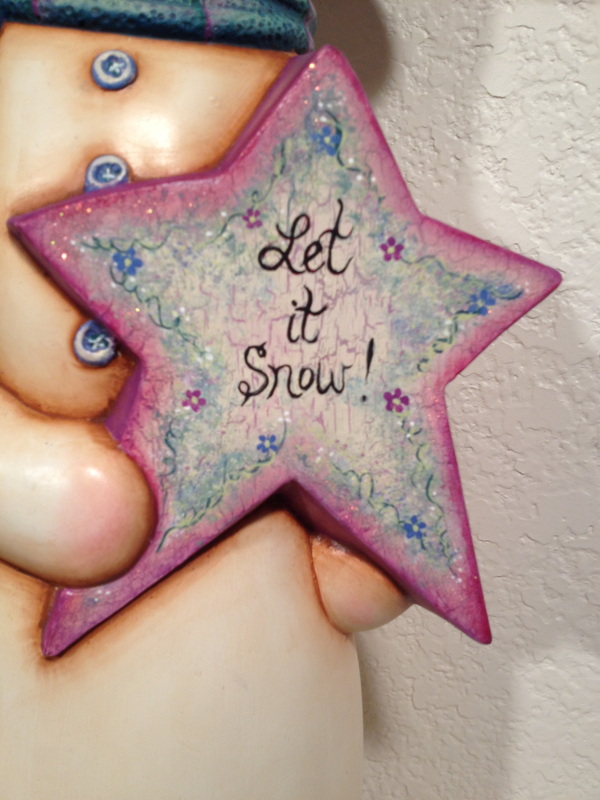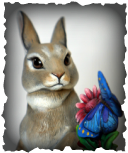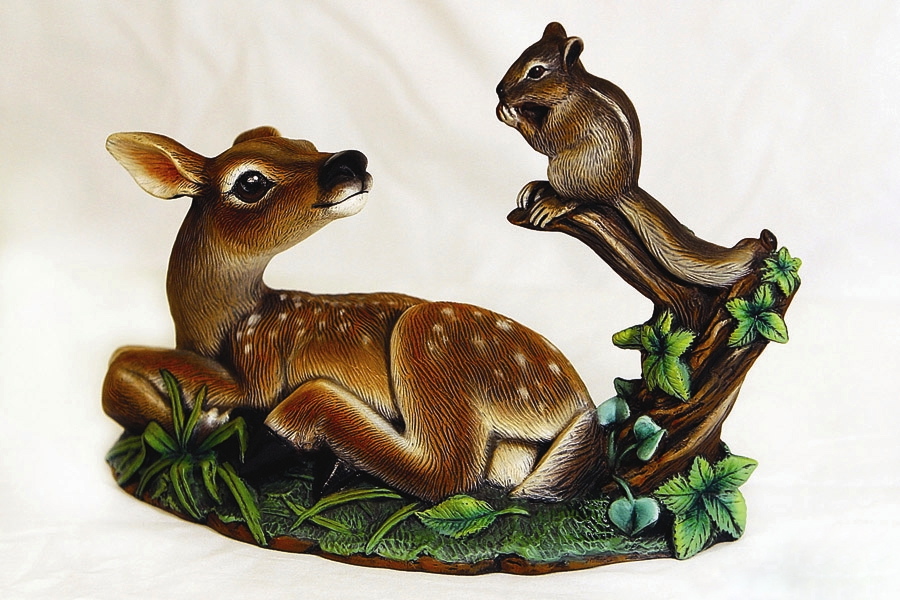|
You may find that the pros and cons listed below are not consistent with your experience, however, keep in mind that this is what I have found to be true based on my personal experiences painting and from years of teaching hundreds of different individuals with varying skill level both techniques.
Dry Brushing Results: When applied correctly, texture is all over fuzzy and even, and can even be almost solid if desired by applying more coats. Colors tend to be more “muted” or dull. This can be a pro or a con, depending on the effect you are after. Some people use a larger back and forth brushing motion while others prefer short quick strokes like a scrubbing motion, this can change the results. Pros:
Results: When applied correctly the texture achieved varies with the detail and typically takes on more of a solid appearance with the majority of shading in the deeper crevices. The brush strokes themselves leave behind texture that enhances the technique. Colors tend to be richer and brighter. Contrast is sharper which can be a pro or con, depending on desired results. Pros:
In my opinion, Wet Brushing is much quicker, more versatile, and produces a nicer finish on most pieces than Dry Brushing. I find I get better results with Wet Brushing in almost every setting. I might choose to Dry Brush if I had a “cutesy” piece that had mostly smooth or slightly bumpy texture (snowman or stuffed animal fur) and I wanted to achieve an all over even fuzzy texture. Even still, I would still debate if another approach to the piece using wet brushing would work because of the time it would save. I may also choose to Dry Brush if I am using a stencil or want that “stenciled” look without breaking out my airbrush. With that being said, I know there are many talented painters out there that get amazing professional results with Dry Brushing, again, I am speaking from my experience. Like anything it is important to learn the proper technique and practice to improve your skill before you will see consistent results. When you do it correctly it is very easy. When you are not doing it correctly you will become very frustrated and likely discard it all together. I had a choir teacher that engrained this quote in my head “practice does not make perfect…it only makes permanent”. I learned that if you continue to practice something the wrong way, you’ll permanently do it the wrong way, thus creating bad habits that are hard to break. In my years of helping people Wet Brush, the people I have run across that don’t like wet brushing have usually been doing it wrong and or have dry brushed so long that they are combining to two techniques while learning and not getting either positive result. If you find yourself in this boat, I challenge you to hang in there and stay tuned. I will be posting a “how to” on both techniques and following that up with a short video tutorial. Although I use Wet Brushing 80-90% of the time, I still believe it’s very important to learn how to do both to be a well-rounded painter. To be continued... Part 3: How to Dry Brush Part 4: How to Wet Brush Will be posted soon. Happy Painting! Shelley |
Shelley Long
Ceramic Artist & Teacher 
_I will share various tips for painting on this page, I hope you enjoy
them! Please feel free to ask questions or comment, it's always nice to
hear from other painters and I am happy to help any way I can! I will be adding various technique packages to the online store and when I
do I will post an update here to let you know a technique has been
added. Check back soon tips !
God Bless & Happy Painting! Shelley Receive Updates
program for scheduling - by BookFresh Categories
All
Archives
March 2016
Back to
|
